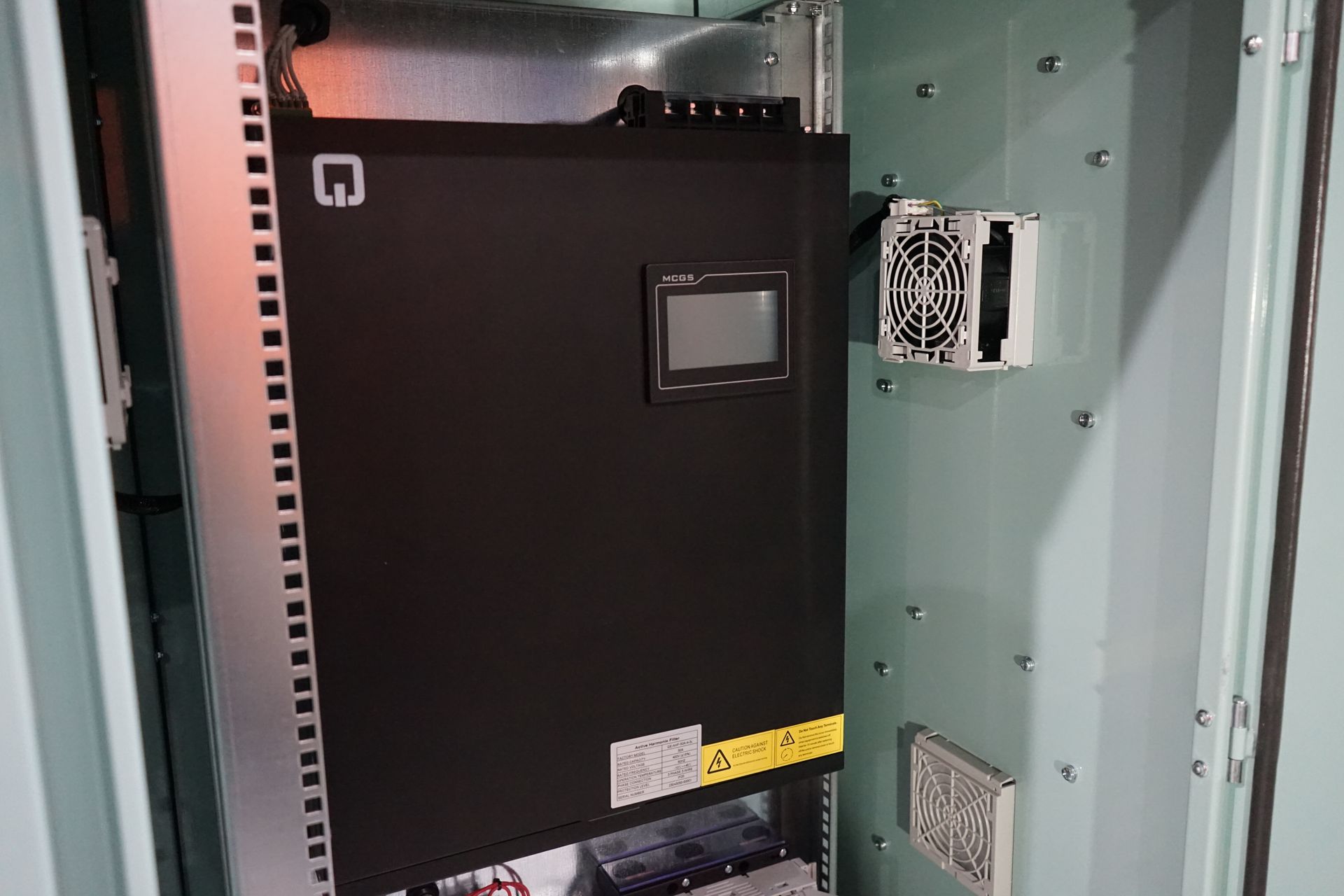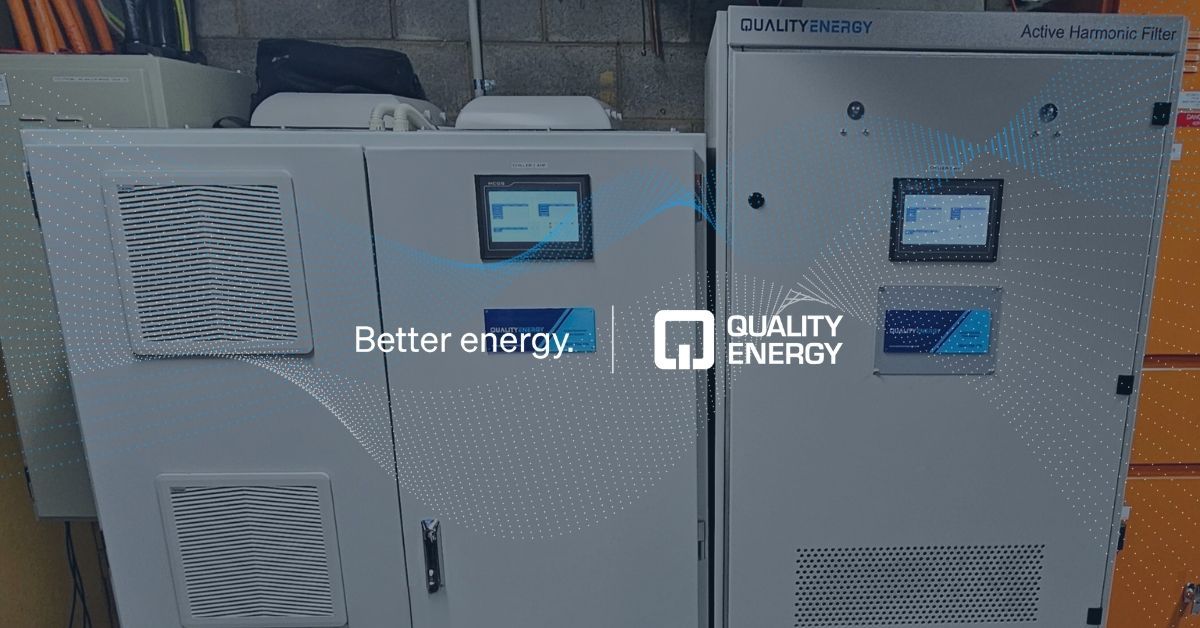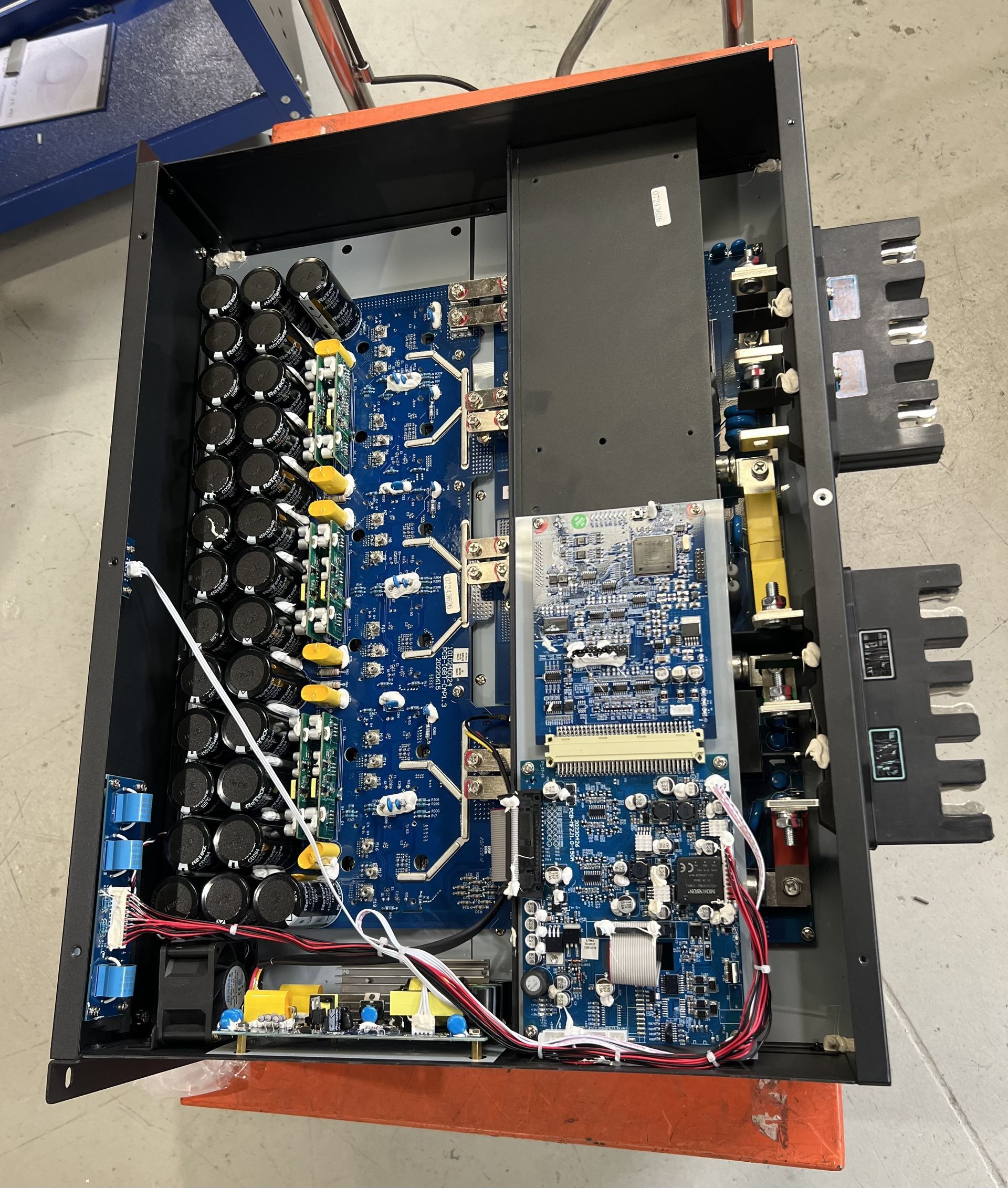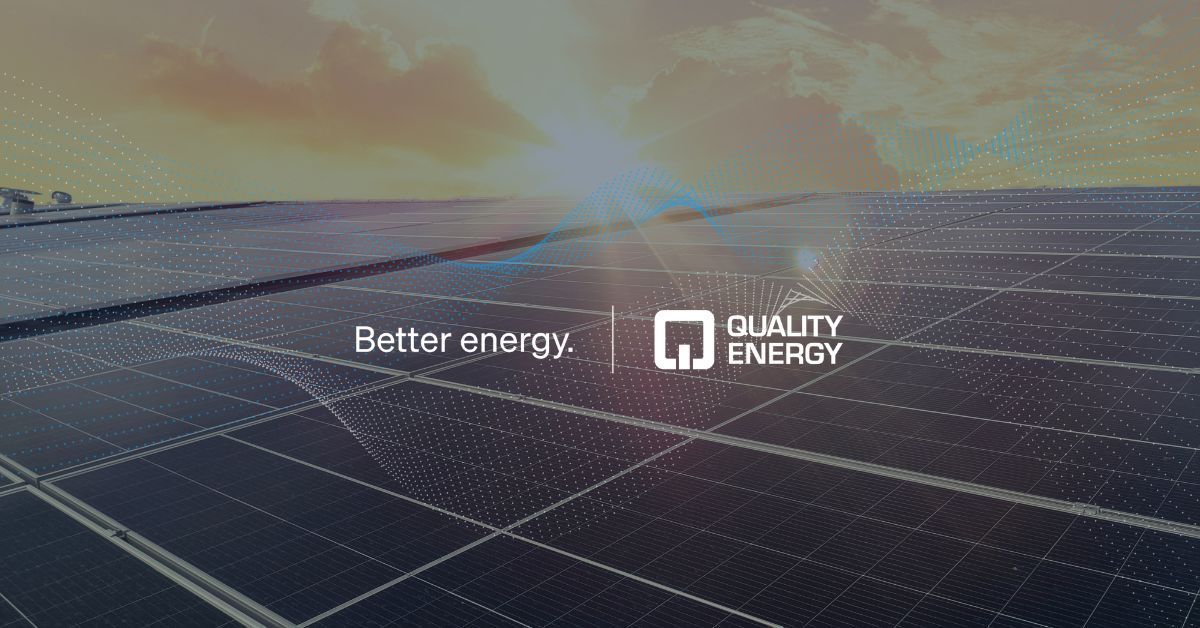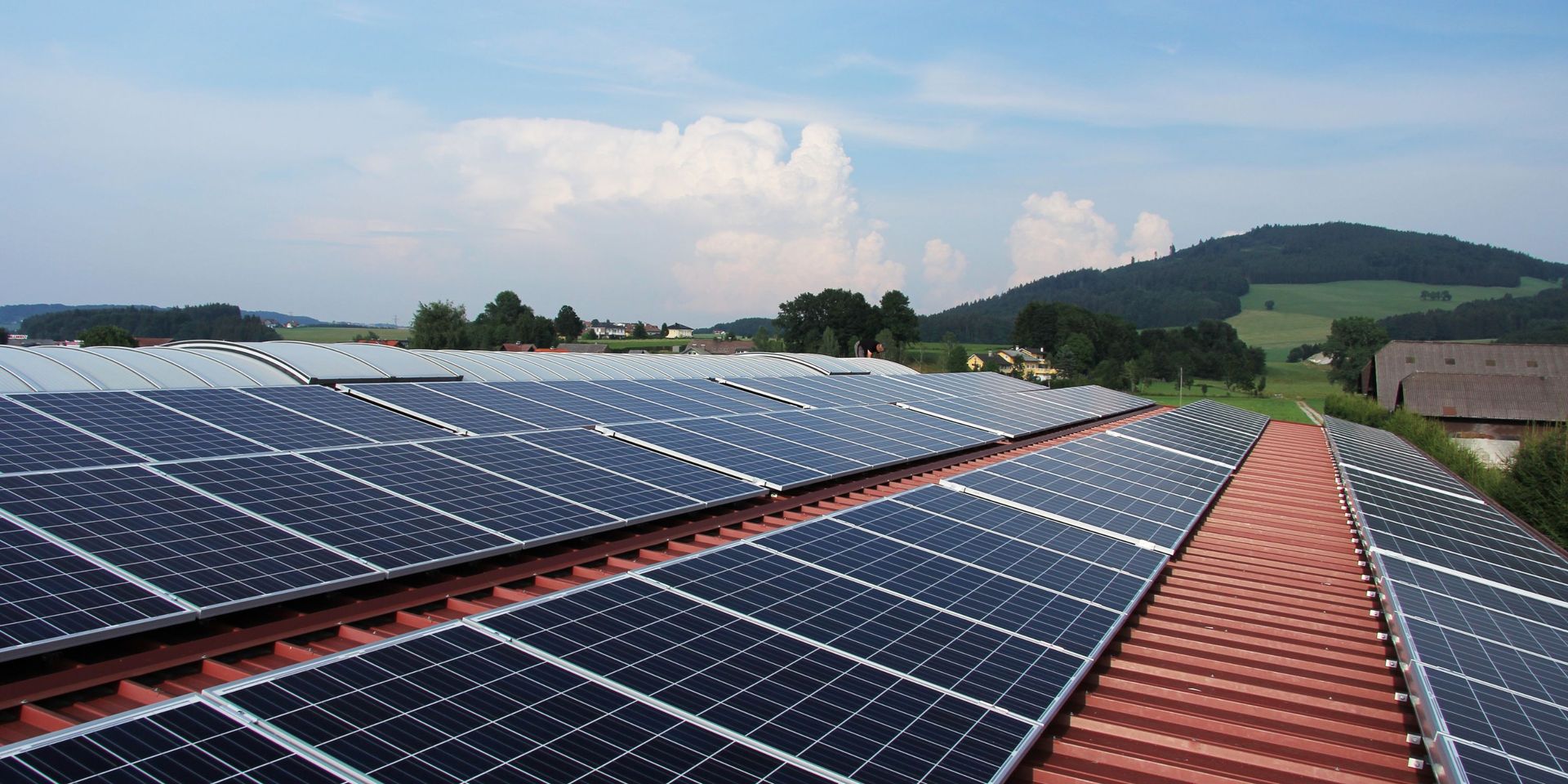The Economic Benefits of Active Harmonic Filters for Your Business
Amid the rising costs of doing business, it is essential for Australian businesses to optimise every aspect of operations to make the most of every dollar. Power quality, often overlooked, is a hidden factor that significantly impacts both productivity and costs.
Active Harmonic Filters (AHFs) are a solution that not only enhances power quality but also offers tangible economic benefits. This article explores the return on investments (ROI) when implementing AHFs, highlighting the financial gains Australian businesses can achieve over time by prioritising power quality improvement.
About Power Quality
Power quality, which refers to the reliability and stability of electrical supply, directly affects the efficiency and longevity of equipment. Harmonic distortions, voltage fluctuations, and other anomalies can lead to equipment failures, operational disruptions, and increased energy consumption. This then translates to hidden costs in your electricity bill through demand charges that escalate over time, eroding your business’ profitability.
Understanding Active Harmonic Filters
Active Harmonic Filters are dynamic devices that combat power quality issues. AHFs neutralise harmonic distortions and ensure a clean power supply by actively monitoring electrical waveforms and injecting counteractive currents. While the immediate benefits are evident in improved equipment performance and power quality, the long-term financial gains of Active Harmonic Filters are equally noteworthy.
The Data-Driven Approach
To effectively demonstrate the ROI of AHFs, businesses should consider the following steps:
- Baseline assessment: Conduct an initial power quality assessment to understand the extent of harmonic distortions and power anomalies present in the system.
- AHF implementation: After implementing AHFs, monitor power quality changes and gather data on energy consumption, equipment performance, and operational continuity.
- Energy savings calculation: Compare energy consumption before and after AHF implementation. Calculate the energy savings achieved due to reduced harmonics and improved power factor.
- Maintenance and equipment cost reductions: Track the frequency of equipment failures and maintenance requirements before and after AHF installation. Calculate the cost savings from reduced maintenance expenses and equipment replacements.
- Operational continuity analysis: Quantify the impact of AHFs on downtime reduction. Calculate the potential revenue gain from uninterrupted operations.
- ROI calculation:
Combine the calculated energy savings, maintenance cost reductions, operational continuity gains, and power factor improvements. Divide this total benefit by the initial investment in AHFs to determine the ROI percentage.
Quality Energy: Power Quality Solutions Experts Since 1989
Quality Energy understands the intricacies and importance of power quality for businesses to save on energy costs and improve energy efficiency. Quality Energy manufactures all our power quality equipment in our manufacturing hub at Moorabbin,
Victoria. We partner with premium electrical components manufacturers who are leaders in the field, enabling the creation of a new generation of Quality Energy Active Harmonic Filters that are flexible yet do not compromise on performance.
Features of Quality Energy’s Active Harmonic Filter
- Modular design with three-level topology performance
- Wall-mounted unit or floor-standing options
- Individual selection of harmonics to be filtered to ensure maximum performance.
- Single cabinet, meaning single supply and a reduction in installation costs for hybrid solutions
- Selection of harmonics up to the 50th order
- Harmonic attenuation factor better than 97%
- Available in IP20 (wall-mounted), IP30 and IP54 (floor-standing) as standard.
- Best-in-class 3-year manufacturing warranty (conditions apply).
Conclusion
Active Harmonic Filters (AHFs) not only improves power quality from a technical standpoint, it reduces operational costs, and boosts overall profitability. Calculating the ROI of AHFs involves a data-driven approach that considers energy savings, equipment longevity, maintenance reductions, and operational continuity improvements. Beyond the immediate financial gains, businesses embracing AHFs position themselves as a sustainable business that prioritise operational excellence.
Since 1989, Quality Energy is a power quality and energy efficiency solutions provider and manufacturer. Our mission is to help businesses solve the problem of ever-increasing energy costs and inconsistent, unreliable power supply.
Give us a call on 1800 736 374 or
send us an email to discuss your energy efficiency project.
Related news
